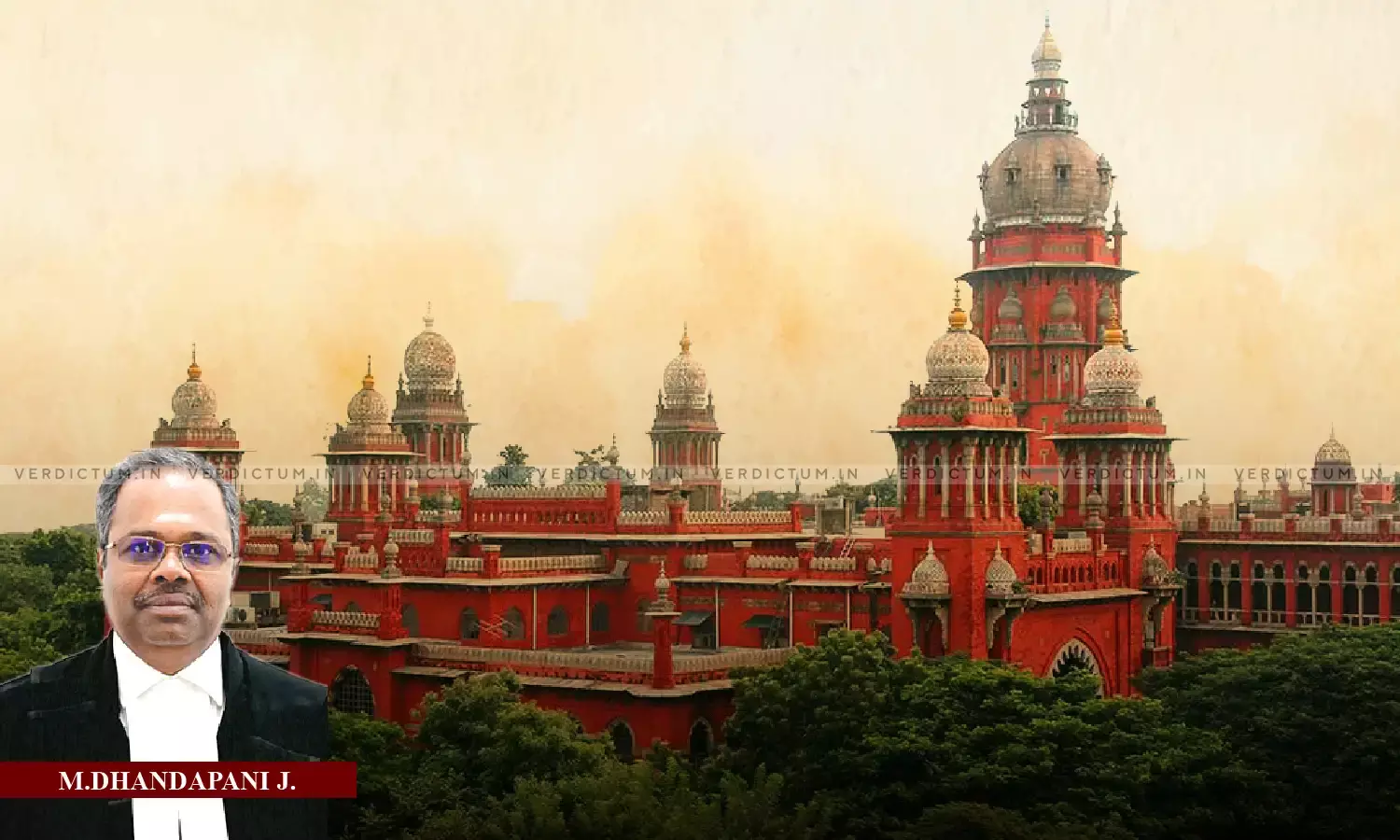Historical And Archaeological Value As Important As Age While Declaring A Structure A Protected Monument: Madras HC

The Madras High Court has allowed a petition to relocate a tomb situated within the campus of the High Court.
The High Court observed that in order for an ancient structure to be classified as an ancient monument of national importance and designated as a protected structure of archaeological significance, two conditions must be met according to sections 2 and 3 of the Ancient Monuments and Archaeological Sites and Remains Act, 1958 (Act, 1958). The structure should be of historical, archaeological, or artistic interest and should be in existence for at least 100 years in order to be declared a monument of national importance.
In this context, Justice M. Dhandapani observed, “The structure has neither archaeological value or historical importance and is neither an artistic masterpiece for it to be maintained as a protected monument and in such a scenario, the developmental activities necessitated in the current day scenario cannot be brushed aside for merely housing the cemetery of individuals, who have no historical significance, but for being the son of the then Governor of the East India Company”.
The Court further asserted, "In view of the above, the respondents are directed to take steps to relocate the tomb to any appropriate place, which they deem fit and proper, within a period of four weeks from the date of receipt of a copy of this order".
Advocate S. Sivashanmugam, appearing on behalf of the petitioner, contended that the tomb has no archaeological value and has been declared a protected monument because it has existed for more than 100 years. Deputy Solicitor General R. Rajesh Vivekananthan, appearing on behalf of respondents, asserted that the tomb has been a protected monument since 1921 and the status has carried over under the Act, 1958.
The High Court asserted, “It is the duty of the Authority to apply its mind individually to each and every historical or archaeological remains to decide to retain its position as a protected monument or an ancient monument…Therefore, it is the duty of the respondents to have revisited the monuments, which were declared as protected monuments having a historical or archaeological value in line with its duty under sub-section (e) of Section 20-I...Had the competent authority been appraised of the actual value of the tomb, necessarily, a second thought would have entered the approval granting process. However, the basis on which the approval has been issued by the competent authority is not placed before this Court”.
The High Court held that the respondents failed to fulfill their responsibilities and that the tomb does not meet the requirements as a protected monument under sections 2 and 3 of the Act. Therefore, the status of the tomb must be denotified as a protected monument.
Accordingly, the High Court allowed the appeal to relocate the tomb.
Cause Title: B. Manoharan v The Ministry of Culture and Ors.
Click here to read/download Judgement

